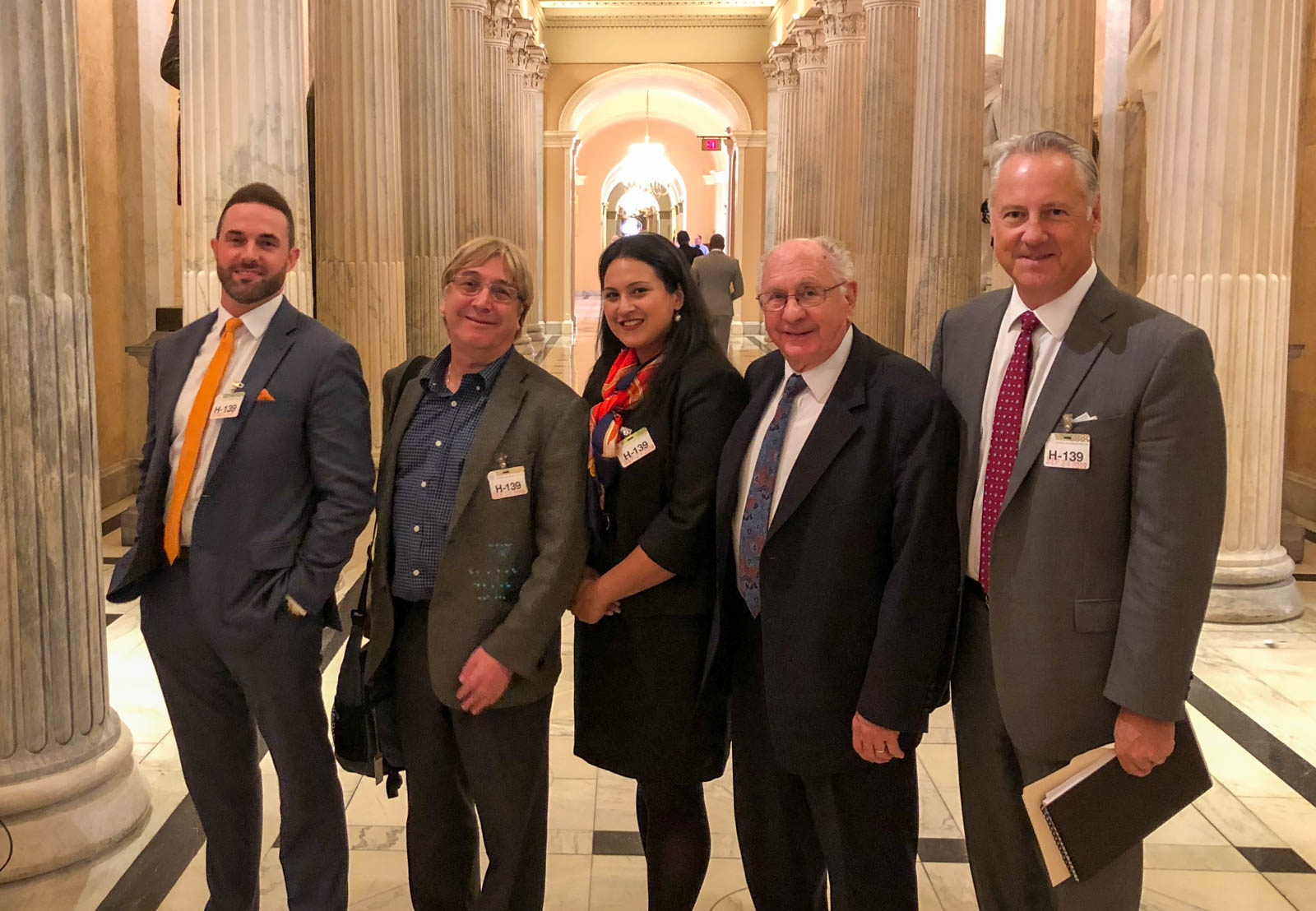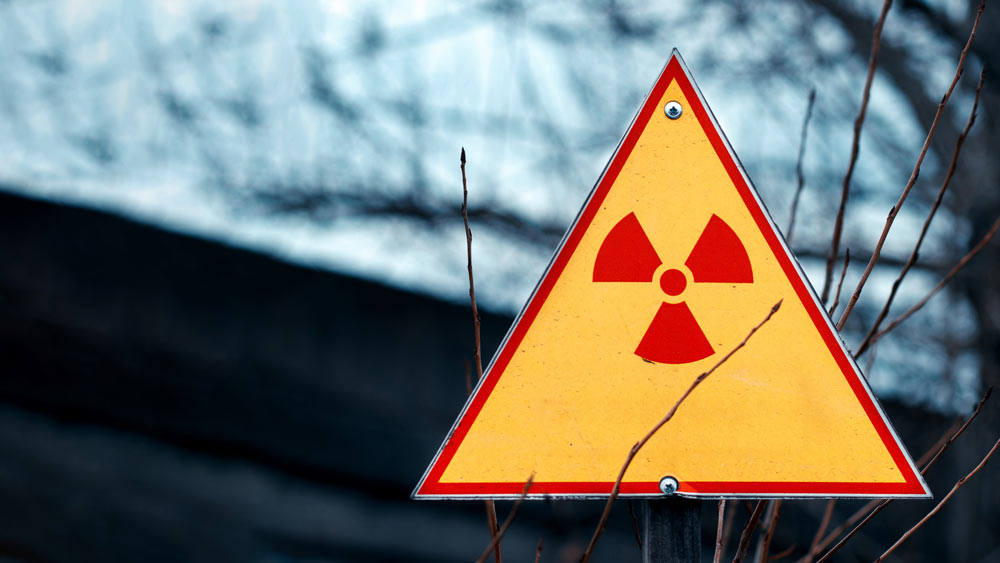
When conducting the update from the Environmental Protection Agency’s Federal Guidance Report No. 12: External Exposure to Radionuclides in Air, Water, and Soil (1993) to Report No. 15 (2019), Dr. Shaheen Dewji sought to quantify the differences between older generation mathematical stylized phantoms used in Report No. 15 with the latest models offered by the International Commission on Radiological Protection in their published voxel phantoms in Publication 110 and their pediatric counterparts. Results from Monte Carlo radiation transport simulations of a phantom submersed in an infinite cloud of gamma radiation demonstrated the differences in the stylized and voxel models, which were reported by Dr. Dewji and colleagues for the adult male, adult female, and pediatric series (newborn, 1-, 5-, 10-, 15-year old ages), highlighting limitations for differently defined organ sizes, organ resolution vis-a-vis the thickness of thin-walled organs smaller than the voxel resolution, and energy dependence of the source radiation to penetrate the body to reach internal organs. Dr. Dewji and TAMU RED² researcher, Thomas Cuthbert, under a scientific collaboration with the National Cancer Institute’s Division of Cancer Epidemiology & Genetics Radiation Epidemiology Branch scientists, Dr. Choonsik Lee and Keith Griffin, sought to quantify why these fundamental differences were observed. Overall, it was observed that the 100 keV-5 MeV range of gammas in the cloud yielded comparable results between the two phantom generations (within 5%-20%). But what were so different about these two generations of phantom models that explained variations in results (rather than just take them at face value)?

In their most recent publication, RED² and NCI investigated the guts of the details, literally. In their recently published investigation in the Journal of Physics in Medicine and Biology, “Stylized versus voxel phantoms: a juxtaposition of organ depth distributions,” simulations were conducted to quantify the organ depth distributions in each of the phantom models for adult and pediatric models, to determine the effect of organ depth distribution to the exterior surface of the body in 8 vector planes: antero-posterior, postero-anterior, left and right lateral, rotational, isotropic, cranial and caudal directions.

The resultant organ depths for both series were plotted as distributions; available are 24 organs and 2 bone tissue distributions for each of 6 phantom ages and in each of the 8 directional geometries. Quantitative data descriptors (e.g. mean and median depths) were also tabulated. The entire dataset of organ depth distributions and their data descriptors were published quantifying all the distributions. As models of human phantoms continue to evolve, there is still utility in past generations of phantoms. If a simpler phantom model yields comparative results within an acceptance criteria for a specific end-use, then why do we need an overtly defined model? Each generation of phantom still has utility, and as voxel and newer generation hybrid phantoms become increasingly utilized beyond radiation protection applications for nuclear medicine (where high resolution physiology is essential), then clear quantification helps explain generational variations of computational models of radiation dose.
In essence: All models are wrong, some are useful… and more useful, if we are able to quantify our known unknowns.

Thomas Cuthbert graduated with his B.S. in Nuclear Engineering and minor in Radiological Health in Spring 2019 from TAMU and is currently pursuing his graduate studies in Medical Physics at UT Health – San Antonio.
Read the full details of his study here.











